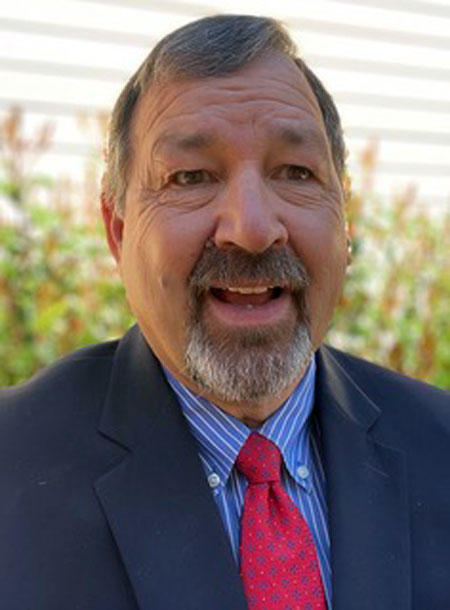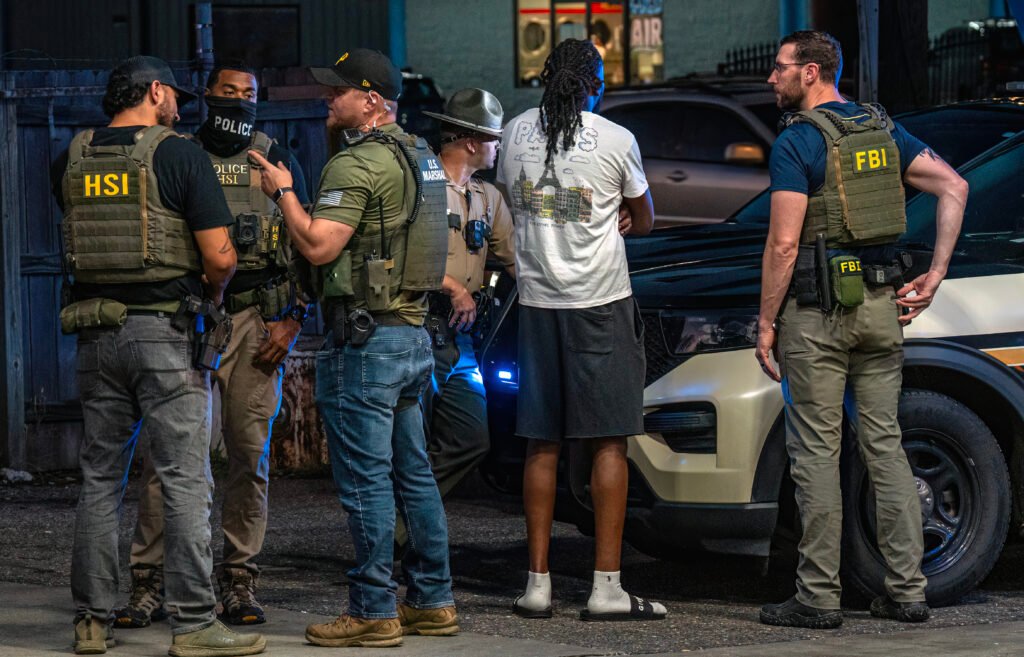Gila County – For four years, the Gila County School Superintendent’s Office and Library District has collaborated on a project that will ultimately bring high speed Internet access to all communities.
Superintendent Roy Sandoval describes a $19 million project to install high-speed internet cables in all Gila County schools and libraries.
This effort faced many obstacles and delays, including COVID-19. But thanks to a lot of support and tenacious determination, they’re in the final stages of the final library and school district.
Sandoval describes the culmination of this high-speed cabling project as “a very significant achievement.”
“Not only will we provide high-speed internet cable to all schools and libraries in Gila County, but we will also provide internet access at a steep discount called the ‘E-Rate,’” he explains.
Sandoval gives credit to those he calls the “true heroes” of the story. “This accomplishment would not have been possible without the expertise, support and tenacity of State E-Rate Director Milan Eaton. retired) and Frank Vander Horst, E-Rate Consultant and Yavapai County E-Rate Director,” he said.
Looking back, Sandoval describes the journey as “long and convoluted”.
There were many obstacles to making this project a reality, not least of which was working with the organization that oversees the federal government’s E-Rate program.
The Universal Service Administrative Company (USAC) “provided us with a maze of requirements, what we can only describe as ‘must dos’. What not to do and a whole new vocabulary of words and acronyms,” explains Sandoval.
In late October 2017, Sandoval said Eaton visited the superintendent’s office at the Gila County Courthouse “to let them know there was an opportunity.”
That’s when I learned that Gila County schools and libraries would have to form a consortium to apply.
“It was too late in the fiscal year to establish and apply for a consortium, so I approached Navajo County to see if I could join a consortium that was already underway and participate,” Sandoval said. They gave me,” he added.
A request for proposal (RFP) was submitted by May 2018, but the consortium ran into problems with respondents questioning the provider selection process, he explains.
By June, a legal battle appeared to jeopardize the entire Navajo Consortium process.
Sandoval met with Sanders, a partner in the effort, to discuss the possibility of creating their own Gila County Consortium and applying next year. They agreed to stay with the Navajo Consortium for two more months.
In the meantime, Mr. Sandoval contacted Mr. Eaton and Mr. Vander Horst, asking them to investigate the possibilities and enlist their help if they worked alone.
“By September of that year, it was clear that we needed to move forward as our own Gila County consortium,” he says.
Mr. Sandoval and Mr. Sanders designed the consortium and were able to explore the RFP process with the help of the initial consultants.
“It seems almost silly to be able to describe in one sentence a five-month, $19 million, high-stakes process with relatively little room for error or failure,” said Sandoval. He added, “Anyway, up to that point we were successful.” “
By June 2019, their proposal was accepted. After selecting Sparklight, we are ready to start the building phase. At that time, they changed consultants and brought in Vander Horst. “It was a smart move,” explains Sandoval. “His experience and expertise are invaluable.”
“It is difficult for the average individual to comprehend the sheer number of surveys, permits and permits required to run endless cables through roadbeds, forest departments, reservations, owl breeding grounds, etc.” says Sandoval. “It’s a long, slow, stop-and-go process.”

As a bonus, USAC required all work to be completed within one year (by June 2020).
“We all know what happened in 2020. You guessed it, COVID-19!” Sandoval added that although the process was confusing, there were also silver linings. “Due to COVID-19, USAC has extended all federal projects for one year. proceeded at a snail’s pace.”
By the end of fiscal 2021, it was clear the project was nowhere near complete, but Vanderhorst was able to design a final extension through June 2023.
“By November 2022, we have a guarantee that all schools and libraries will be online by January 1, 2023. A great Christmas gift,” says Sandoval. “Oh, it couldn’t have been. Heavy snow and further permitting delays continued to complicate the process.”
At that point, Eaton “really saved the day,” with weekly progress meetings and a “very proactive attitude to provide support and accountability,” Sandoval said, adding that “his stubborn claims and Without accountability, I believe we would not have succeeded.” Stay where we are today. “
And where are today’s projects? “Hayden/Winkelman, the last schools and libraries are likely to be online by June 1,” he says.
Although “complicated and protracted,” Sandoval says the process has been well worth it for Gila County students and residents. “Although the cables and ‘trunks’ that our project brings are specifically for schools and libraries, we know that cable connections will ultimately help each community with high-speed Internet access,” said Sandoval. says. “I am honored to serve the people of Gila County with my talented team of colleagues.”










